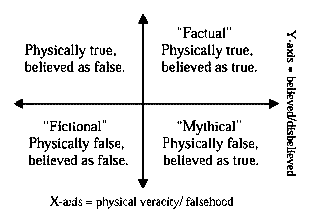Deconstructing Cinderella - Helping students explore their personal mythsby Tim Newfields (Toyo University) |
|
Abstract Keywords: myth deconstruction, myth analysis, gender roles, Cinderella complex, Disneyfication, critical inquiry, rhetorical fiction |
